
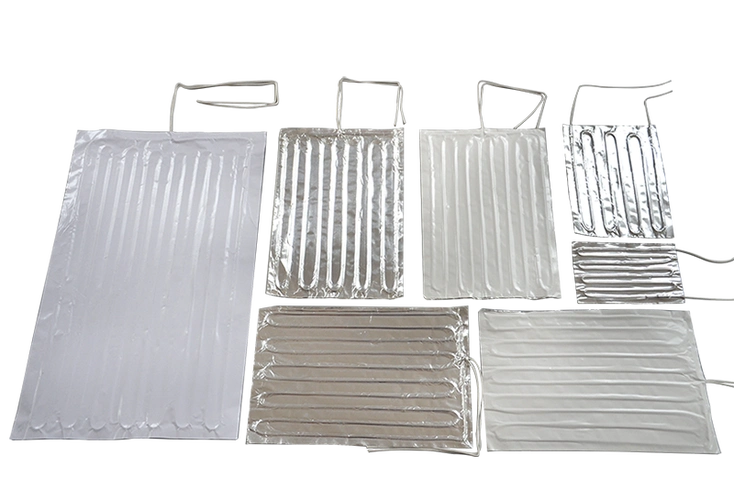
In the world of industrial and commercial temperature management, finding a heating solution that is both highly effective and remarkably adaptable can be a challenge. Enter the Aluminium Foil Heater—a sophisticated yet simple technology that is revolutionizing how we apply gentle, uniform...
Learn more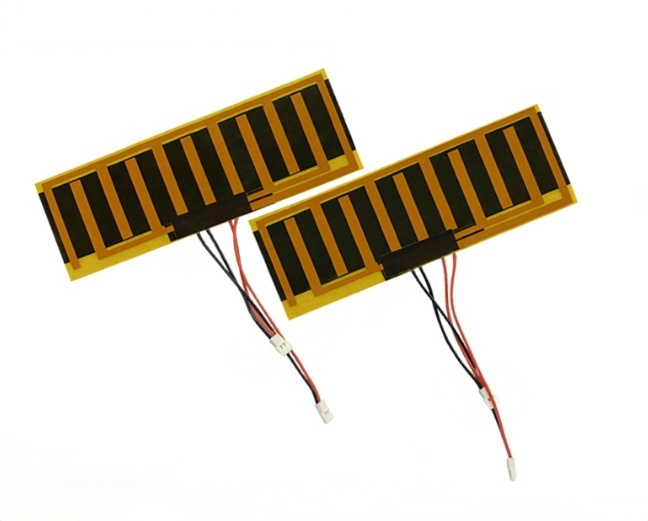
PI Graphene Heating Film: Redefining Ultra-Thin Heating Solutions for Precision ApplicationsIn today's rapidly evolving technological landscape, precision medical equipment, military instruments, and high-end electronic products place unprecedented demands on heating elements—requiring...
Learn more
Our flexible film heaters are high-performance but need careful handling. To help you avoid mistakes and extend their lifespan, we’ve put together this practical pre-installation guide—save it for later. ▶ Wiring & Environment: 2 Critical Don'ts 1. Never leave l...
Learn more
The battery drying & formation equipment heating plate is composed of an aluminum plate as the heat dissipation body, thermally conductive silicone cloth as the insulating layer, and metal foil as the conductive heating element, all bonded through high-temperature thermal laminati...
Learn more
In modern medical practice, intravenous infusion and blood transfusion are common therapeutic procedures, whether for emergency surgery, fluid replacement therapy, or chronic disease management. However, a frequently overlooked yet critical issue is the temperature of fluids administered t...
Learn more
The aerospace industry relies on a vast array of components, parts, and equipment for various applications. From aircraft instrument panels to communication devices in unmanned spacecraft, these components and machines sometimes require the use of PI flexible heaters to prevent freezing in...
Learn more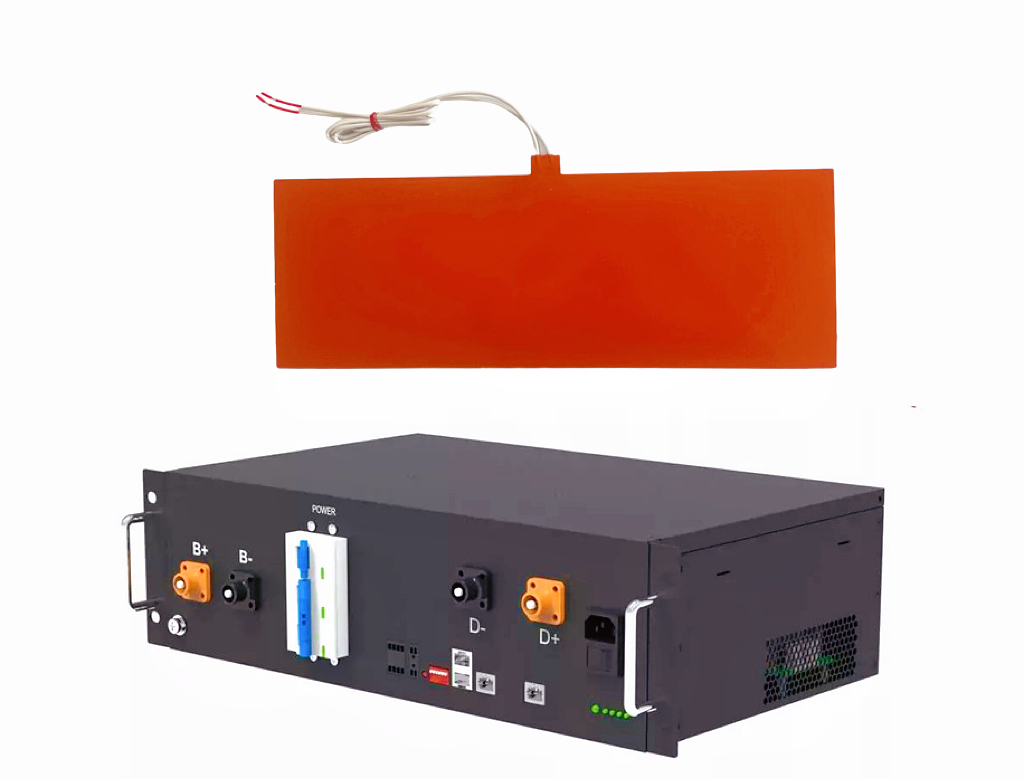
LiFePO4 has emerged as a leader in safety, cycle life, and stability. However, like all lithium-based chemistries, its performance is intrinsically linked to temperature. Cold weather can be a silent killer for battery efficiency, leading to reduced capacity, sluggish charging, and long-te...
Learn more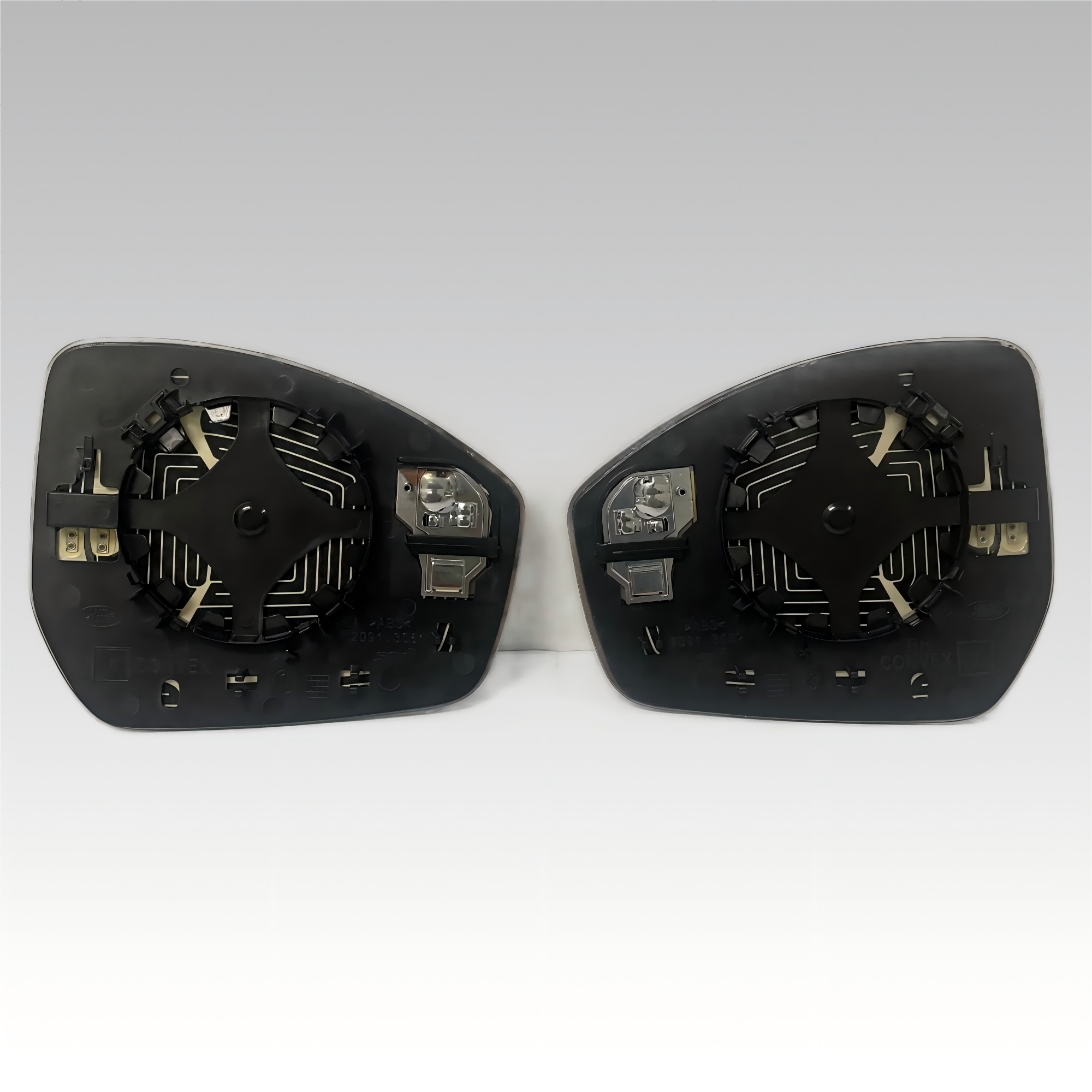
Foggy or frosted rearview mirrors can be a major safety hazard, especially in rainy or winter conditions. Installing a heater on your automobile's rearview mirror is a practical DIY solution to keep your view clear. In this guide, we will walk you through the process step by step, with...
Learn more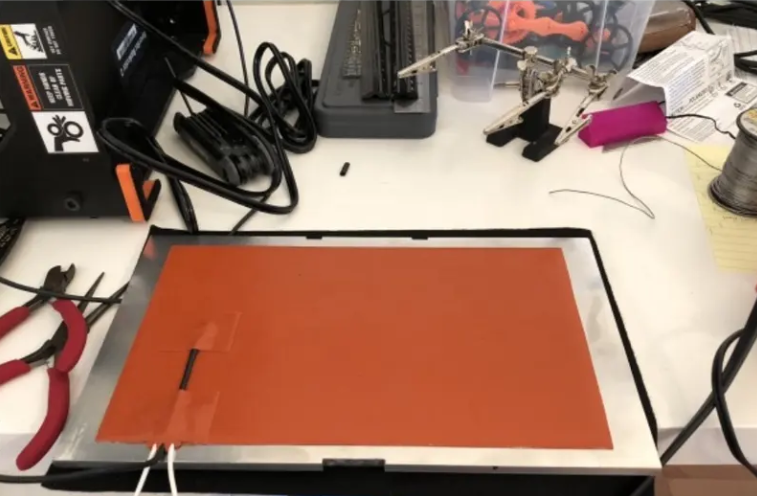
If you've ever struggled with warping, cracking, or inconsistent layer adhesion in 3D printing, the culprit may not be your filament or settings - but rather your heated print bed. Traditional single-zone heating systems often fail to maintain uniform temperature across the entire buil...
Learn more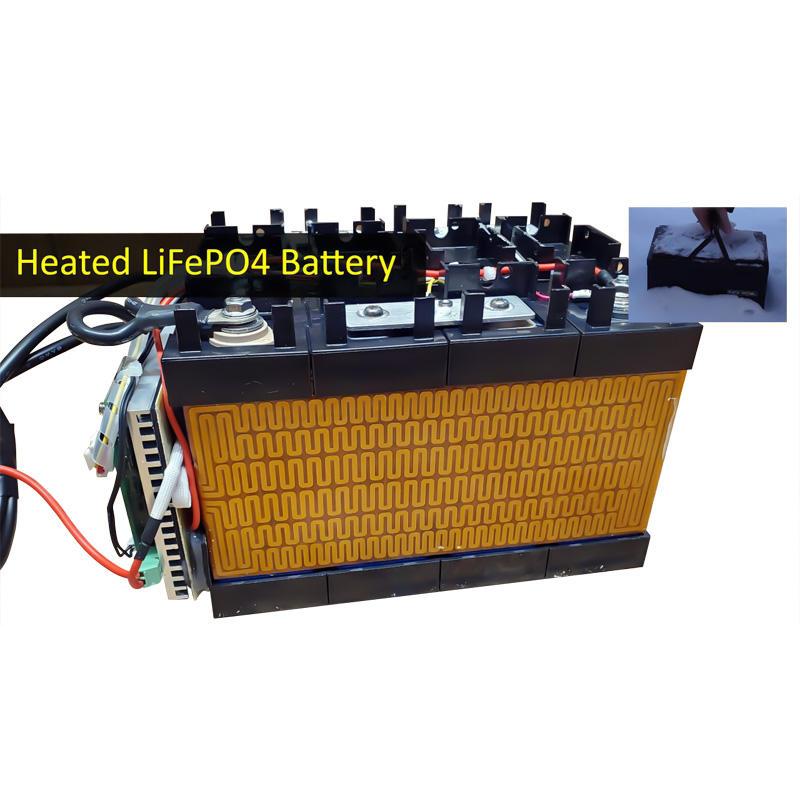
In the rapid evolution of new energy vehicles (NEVs), lithium-ion battery performance and longevity remain critical industry focus areas. Operating ideally within a 20°C to 35°C temperature window, lithium batteries in cold environments face reduced electrolyte mobility, slower charg...
Learn more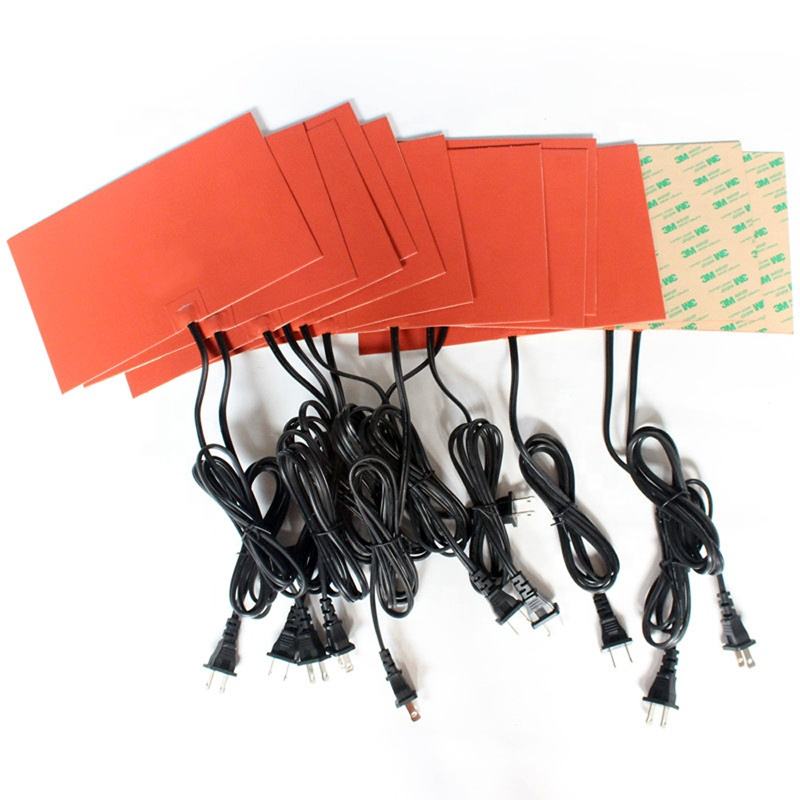
Silicone rubber heaters are known for their flexibility, durability, and reliable performance in a wide range of industrial and commercial applications. However, like many high-performance components, their longevity and functionality can be significantly affected by how they are stored be...
Learn more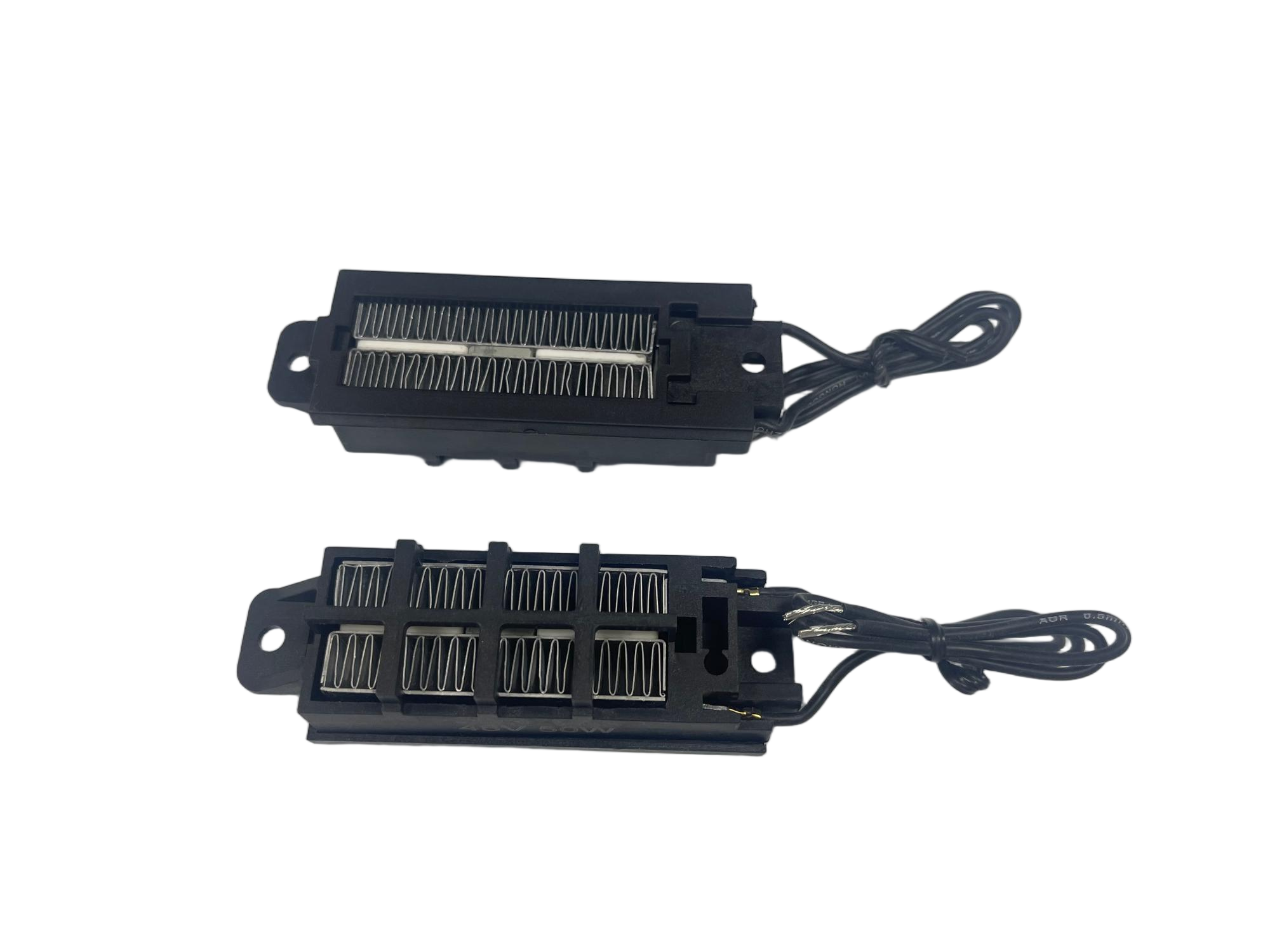
PTC air heaters are becoming a popular choice for heating in many different situations. They work especially well in closed spaces. Let’s take a closer look at what makes them so useful. Customization to Fit Your Needs Everyone has different needs when it comes to heating. That’s...
Learn more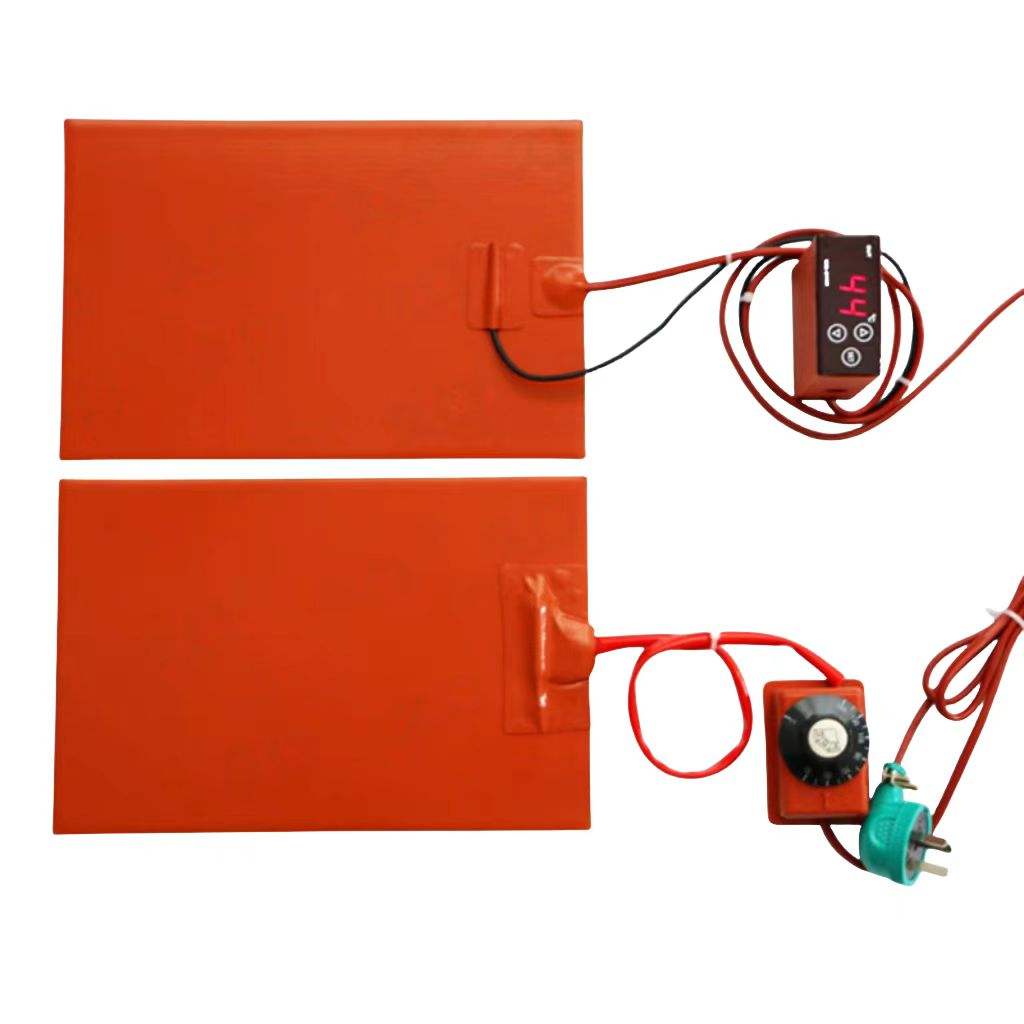
This blog focuses on two common silicone heating pads and their supporting simple temperature control devices. Designed for user convenience, both heating pads come with a dedicated socket that enables direct power connection—no extra wiring or complex setup steps are required. The ke...
Learn more
When it comes to seeking high-performance heating components, ceramic heating plates emerge as an outstanding option. Let's explore the attributes that make them exceptional. Material and Heating ElementCrafted from 96% alumina ceramic, these plates utilize tungsten paste metal as...
Learn more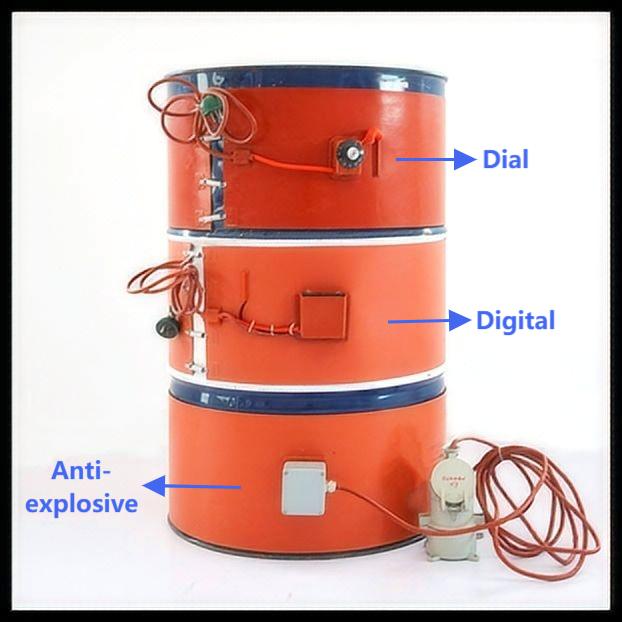
When it comes to heating oil drums in industrial settings, having a reliable and efficient solution is crucial. That's where customized high - temperature silicone rubber heaters come into play, and today we'll take a closer look at how they can revolutionize your oil drum heating ...
Learn more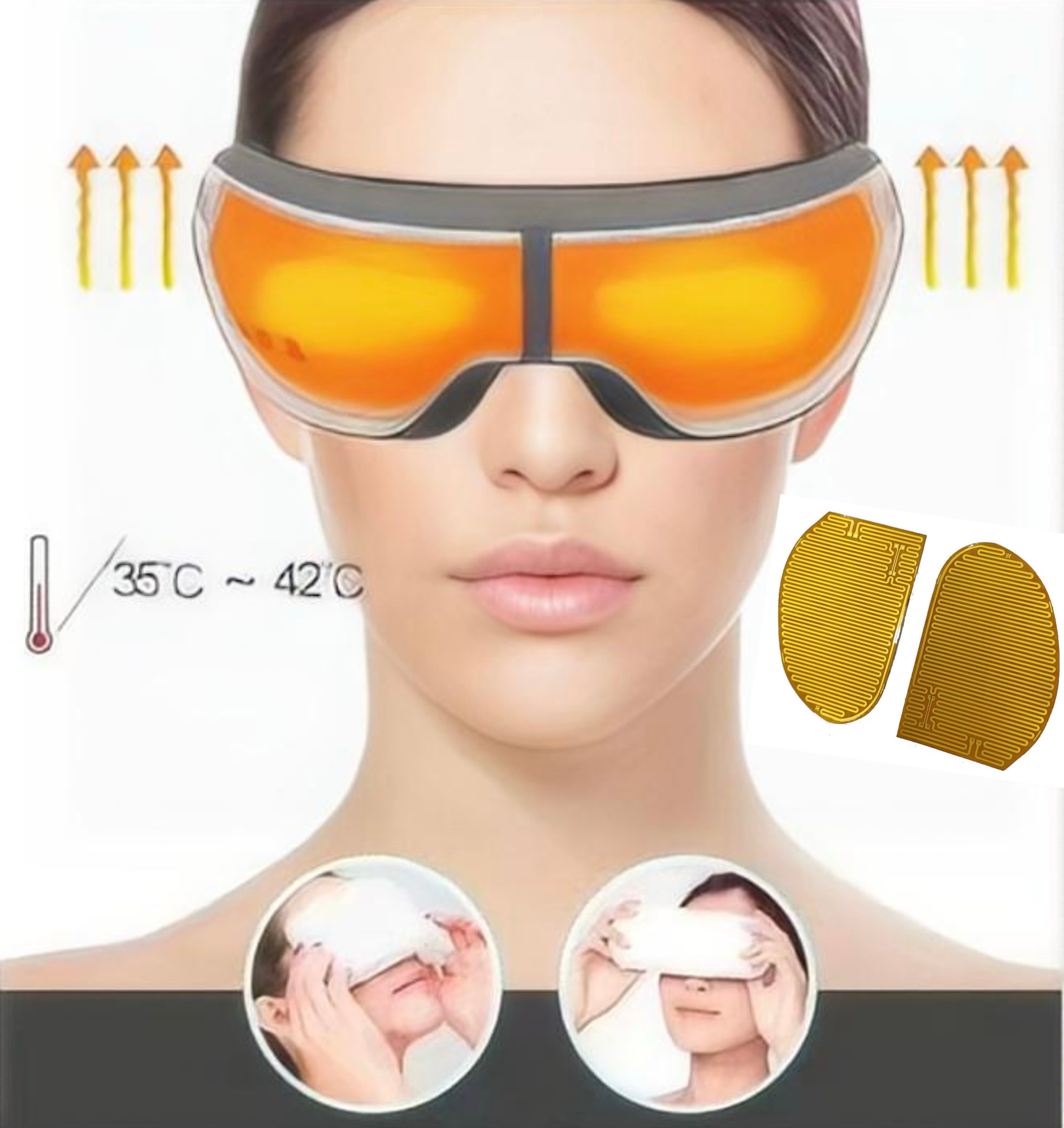
In our daily life, screen - dominated lives, eye strain has become an all - too - common woe. To address this, we've developed an innovative eye mask, and the star of the show is the polyimide heater integrated into it, taking eye comfort to a whole new level. Why Polyimide Heater...
Learn more
Polyimide heaters represent a remarkable innovation in the realm of flexible electronics, sharing a resemblance with conventional FPCs while offering distinct advantages. Structural Similarities to FPC In terms of form factor, polyimide heaters mirror FPCs closely. This design co...
Learn more
In the industrial and household cleaning, ultrasonic cleaners have become indispensable tools for achieving thorough and precise cleaning. One crucial aspect that often goes unnoticed but plays a pivotal role in their performance is the heating element. Today, we'll explore how silicon...
Learn more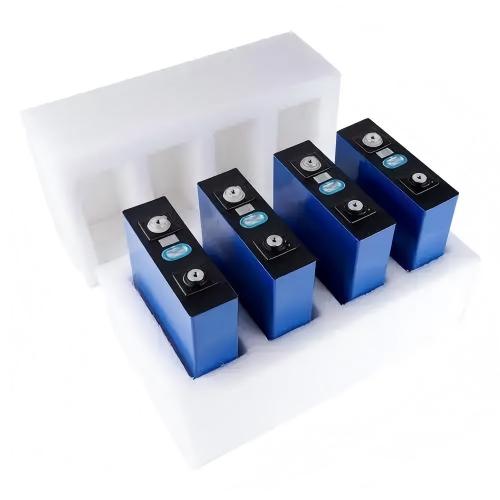
For professionals in the battery industry, maintaining Li-Po batteries within an optimal temperature range is critical to ensuring their performance, safety, and lifespan. Today, we are pleased to introduce our custom Polyimide Heater, a customized thermal management solution sp...
Learn more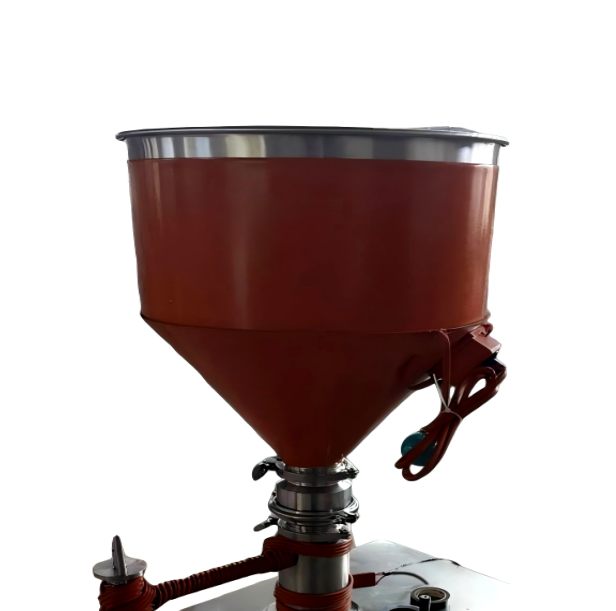
In industrial processing, ensuring smooth material flow within conical hoppers, bins, or funnels is a constant challenge. Enter silicone rubber heaters for conical hoppers – custom - engineered flexible solutions designed to wrap snugly around tapered equipment. These heaters tackle common...
Learn more
We offer a wide variety of high-efficiency heaters and heating element.Such as polyimide/kapton heaters,silicone rubber heaters,PET transparent heaters, thick film heaters,PTC heaters, mica heaters,epoxy resin heaters and graphene heating film.